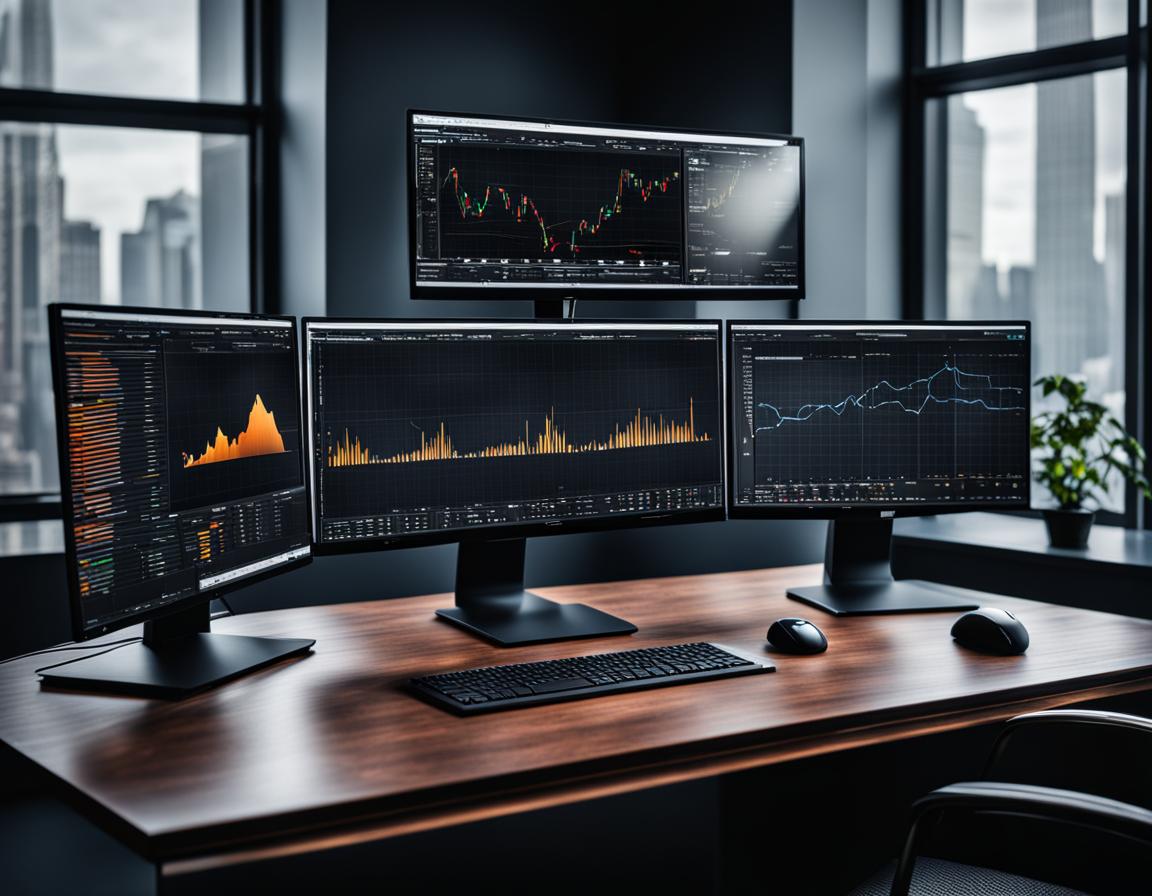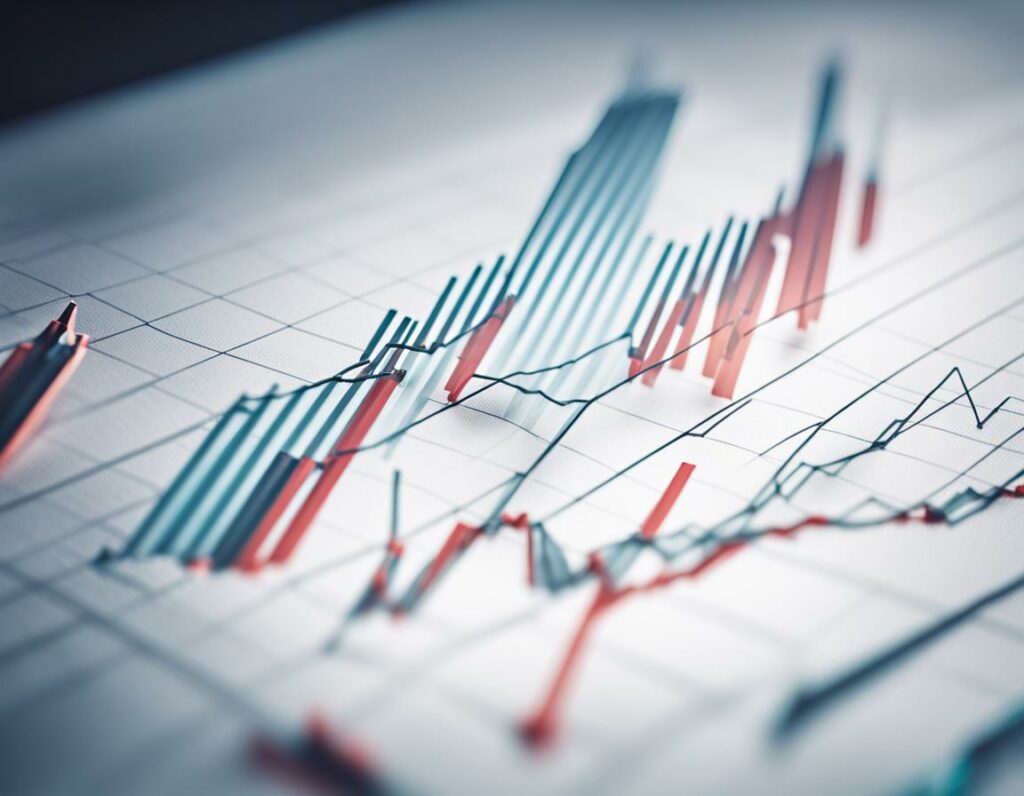
Since the inception of stock markets, traders have been looking for ways to gain an edge in trading. From technical analysis to fundamental analysis, they have tried various methods to make profitable trades. However, with the advent of technology, trading algorithms have become the go-to method for traders and fund managers. Trading algorithms have been implemented for over three decades now, and their adoption has been growing steadily.
How an algorithm can do trades?
Trading algorithms are computer programs that follow a set of instructions to execute trades. These programs use a combination of mathematical models, technical indicators, and market data to make trading decisions. The algorithms can be programmed to follow different trading strategies, such as trend following, mean reversion, or momentum trading. Each strategy has its own set of rules and parameters that the algorithm uses to identify opportunities.
One of the advantages of trading algorithms is that they can follow different strategies simultaneously. For example, an algorithm can follow a trend-following strategy in a bull market and switch to a mean-reversion strategy in a bear market. Additionally, trading algorithms can be programmed to react to market news and events; for example, an algorithm can be set up to sell a stock if there is a negative news announcement about the company.
Asset Classes: Where Trading Algorithms Can Be Used
Trading algorithms can be used in different asset classes such as stocks, bonds, currencies, commodities and, since the last few years, in cryptocurrency. They are particularly useful in high-frequency trading, where trades are executed in fractions of a second. Additionally, trading algorithms are used by hedge funds, mutual funds, and other investment firms to manage their portfolios. These firms use trading algorithms to execute trades based on pre-defined investment strategies.

Can Algorithms trade better than traders?
Trading algorithms are highly efficient and can execute trades faster than human traders. They can analyze large amounts of data and identify opportunities that might be missed by a human mind. Additionally, trading algorithms are not influenced by emotions, which can lead to better decisions in the operations. Finally, trading algorithms can be backtested, which means they can be tested on historical data to determine their effectiveness. On the other hand, these algorithms are dependent on market data: if there is a glitch in the market data or an unexpected event, the algorithm may make incorrect trading decisions. Additionally, trading algorithms are only as good as the programmer who created them, if the algorithm is not programmed properly, it may not perform as expected.
Crypto market & Trading algorithms
In crypto markets, trading algorithms can be particularly useful due to the high volatility of cryptocurrency prices. They can analyze market data in real-time and execute trades based on pre-programmed rules, enabling traders to take advantage of price movements quickly. Trading algorithms can also help traders mitigate risk and avoid emotional biases in their decision-making. They can analyze large amounts of data quickly and objectively, helping traders make informed decisions and reducing the impact of emotional factors. Overall, the use of trading algorithms in crypto markets has become increasingly popular in recent years, as more traders seek to capitalize on the fast-moving and often unpredictable nature of the cryptocurrency market.
Conclusion
In conclusion, trading algorithms have revolutionized many operations by providing traders and fund managers with an efficient way to execute trades. Trading algorithms are highly versatile and can be used in different investment fields, they can be programmed to follow different trading strategies and can react to market news and events.
Join ThePlatform to have full access to all analysis and content: https://www.theplatform.finance/registration/
Disclaimer: https://www.theplatform.finance/website-disclaimer/



